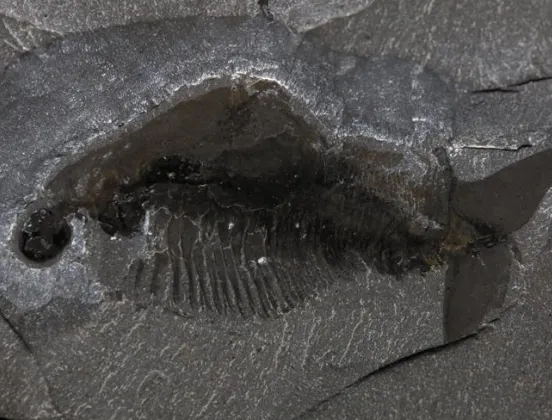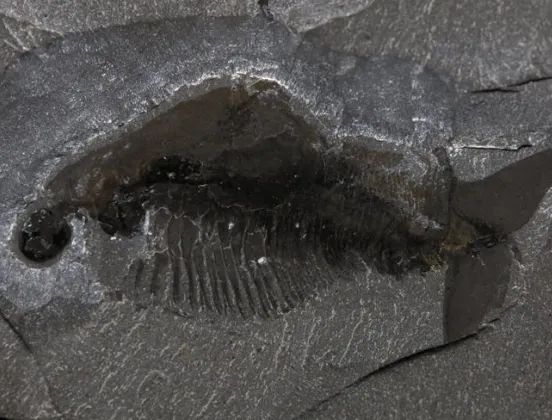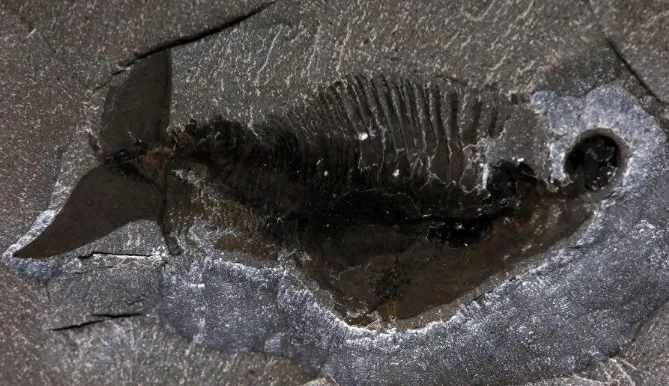Discovery of Unique Fossil Reveals Taco-Shaped Ancient Creature

Discovery of Unique Fossil Reveals Taco-Shaped Ancient Creature
Paleontologists have made a groundbreaking discovery with the identification of a new fossil species, Odaraia alata, which boasts an unusual taco-shaped carapace and an intricate array of multi-jointed legs. This fascinating find sheds light on ancient life forms and their evolutionary significance, marking a notable addition to the fossil record.

Unveiling the Taco-Shaped Fossil
The newly discovered Odaraia alata has astonished scientists with its distinctive shape and complex anatomy. Unlike anything previously seen, this ancient creature features a shell resembling a taco, encasing a plethora of legs equipped with an extraordinary number of spines. Alejandro Izquierdo-López, the lead paleontologist on the study, described the creature as having “30 pairs of legs, with each leg subdivided into 20 segments, covered with more than 80 spines.”
Significance of the Discovery
Odaraia alata fills a crucial gap in the evolutionary timeline, linking ancient hymenocarines to their modern descendants, including shrimp, centipedes, and crabs. This fossil provides valuable insights into the evolutionary adaptations that have allowed these species to thrive over hundreds of millions of years.
The taco-shaped shell of Odaraia alata served a functional purpose. The folds of its carapace created a funnel-like structure in the aquatic environment where it lived. As prey entered this funnel, it would become trapped in the creature’s dense network of legs, effectively ensnaring its catch.
New Insights into Ancient Anatomy
The intricate structure of Odaraia alata’s legs reveals previously unknown anatomical features. The multitude of spines on each leg forms a “fuzzy” net, enhancing the animal’s ability to capture and consume prey. This unique adaptation underscores the complexity and diversity of ancient marine life.
Izquierdo-López and his team from Barcelona, Spain, are continuing their research to understand how Odaraia alata and its descendants evolved to become such successful and widespread species. The study of this ancient creature offers clues about the evolutionary processes that shaped modern marine life.

Impact on Evolutionary Studies
The discovery of Odaraia alata is a significant milestone in paleontology, providing a clearer picture of the evolutionary connections between ancient and modern species. It highlights the intricate and often surprising adaptations that have enabled various species to flourish across different environments.
This finding is not just about a single species but about understanding the broader evolutionary narrative of life on Earth. As scientists continue to unravel the mysteries of ancient creatures like Odaraia alata, they gain deeper insights into the history of our planet and the intricate web of life that has evolved over millions of years.
For those fascinated by paleontology and the evolutionary history of life on Earth, Odaraia alata offers a captivating glimpse into a world long past, reshaping our understanding of ancient marine ecosystems and their remarkable inhabitants.



